
- Comfy for cycling and looks good
- Accurate GPS
- The Garmin Connect app is strong
- Wrist-monitored heart rates not the most accurate
- Touchscreen doesn't like gloves and is tricky on the move
- Battery life suffers with GPS use
The Garmin vivoactive 4 is a step-tracking GPS smartwatch that's both functional and fashionable. Comfy to wear and offering a range of features, it's a useful daily fitness tracker – but for dedicated on-bike use in Cycling mode, the battery life may disappoint.
- Your complete guide to the 2021 Trek mountain bike range
- Bikepacking kit on a budget: everything you need to bivvy for under £100
- The widest gravel bike handlebars you can buy: broad bars for bikepackers
We wanted to test one of the more reasonable-priced GPS smart watches from Garmin, and the touchscreen vivoactive 4 fits the bill at £280. Aimed at those with an 'active lifestyle,' it tracks just about everything from heart rate to sleep to steps, oxygen levels, your energy levels and even stress levels.
Where some features might be a bit gimmicky, the step counter and heart rate monitor combine for a useful overview of your daily activity levels in this 'stay at home' era.
There are plenty of dedicated sport profiles to choose from, including cycling, indoor turbo training, yoga, swimming, golfing and hiking, and they're easily selected when you start a workout. You can also have on-screen custom workouts, and an integrated 'coach' to help you complete goals.
As you might expect, it connects to your phone, not only to sync rides and data to the Garmin Connect app, but also to display notifications, play music through Spotify (and store around 500 songs), track your movement and activate the Incident Detection alert in the event of a crash.
Additionally, it can use a phone to access the Connect IQ Store, where you can download free add-ons and apps from alternative watch faces to additional display fields.
Pairing with a phone is either straightforward or infuriatingly difficult... it either pairs quickly or not at all, sending you into a cycle of deleting the watch from the phone, deactivating Bluetooth on both devices and starting the process again – repeatedly.
This is clearly an issue Garmin needs to address: our sister site road.cc had the same issue with the Garmin Fenix 6 Pro Solar.
Covering all the functions here would make for a very long read, so I'll stick to the cycling-specific features. Despite being a 'lifestyle' watch, it's come out of its three-month test relatively unscathed in the scratch or dent department. The beveled edge shows signs of wear but nothing hideous, while the glass is pretty scratch-free too.
As a step tracker the battery life is relatively good – it lasts a week easily – but in GPS mode that drops to mediocre. For example, a four hour bike ride will sink 15% of your battery. If you're doing that a couple of times a week, or tracking regular gym sessions or hikes, it needs charging every couple of days to make sure you are never out of battery.
Charging is quick though: topping up 10% takes about 20mins, and it's about 3hrs 20m from flat to fully charged.
The watch uses both buttons and a touch screen which doesn't work that well with gloves, which is a little frustrating – I'd rather just have buttons.
Your most-used activities can be positioned at the top of the screen's list, though, which is handy and means less swiping.
There are a number of statistics you can set to display with a downward swipe. These are things such as heart rate over the last four hours, step count, stress levels, activity history and more, but the graphs are small and not that useful as they are hard to deciper.
Your best bet, if you are interested in this kind of data on the go, is to head into the Garmin Connect app on your phone, sync the device and delve into the stats there. I found the app user-friendly, easy to navigate and well displayed. It allows comprehensive tracking of data both throughout your day and over consecutive days or weeks.
As a GPS and bike computer, the Vivoactive's 1.3" display is clear to read and easy to manipulate. You can arrange the type, size and number of data fields on the screen, and set up three pages for viewing a large number of variables easily.
I settled on four data fields on the first two pages, and three on the last. The fourth and final page is set by Garmin only to display heart rate, which is best displayed full-screen during efforts. You can even set up these screens differently for different activities, and the vivoactive 4 automatically displays the right set for your chosen activity type.
The watch can pair with other accessories too, such as a heart rate monitor or Garmin's Varia rearview radar. The former you might want to use if you are serious about tracking heart rate. The optical wrist-mounted monitor is less sensitive than a chest mounted one, and I found the vivoactive 4 slow to respond to changes.
It's not Garmin's fault – wrists aren't ideal for accurate heart monitoring. Chest monitors measure the heart's electrical activity itself, while optical monitors shine lights into capillaries to detect changes in blood volume. The sensor is measuring the rate at which blood is being pumped quite a long way from the heart itself.
Also useful for cycling are the Incident Detection and Live Track functions. At least, in theory anyway. I was unable to use Incident Detection for mountain biking, as braking hard set the watch off, starting it beeping and vibrating in a countdown I had to cancel before it alerted my designated contact to my 'crash.'
Clearly, my Magura MT5 brakes are too powerful for the gyroscope and accelerometer to accept.
Live Track is more useful, as it lets you can share your location so can others track your progress or know your whereabouts. My husband and I use this if we ever ride alone, emailing a link to the party staying at home and then heading out.
At £280 the vivoactive 4 is still a fair chunk of cash, and as a GPS it is limited by the battery life. Also, it does nothing, aside from heart rate monitoring, that can't be done by the likes of the £170 Garmin Edge 130 Plus.
If you want a bike computer then, you're still better off with a dedicated unit. If you want to track your bike time plus everything else you do, then the vivoactive 4 is Garmin's more entry-level device. It does everything you'd want well, despite the touch screen, but serious riders remain better off with a more robust GPS device that can be viewed on the bars – and perhaps a normal watch too.
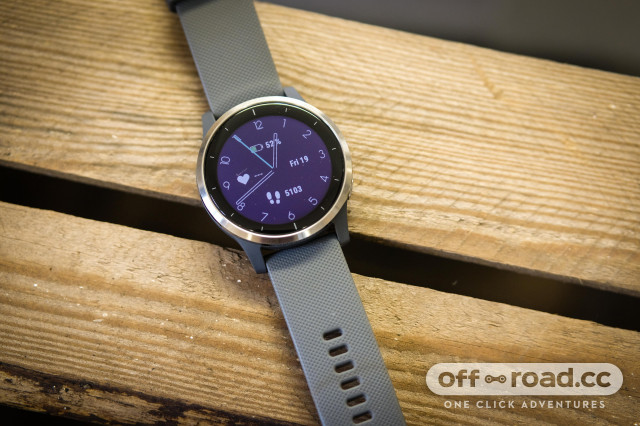
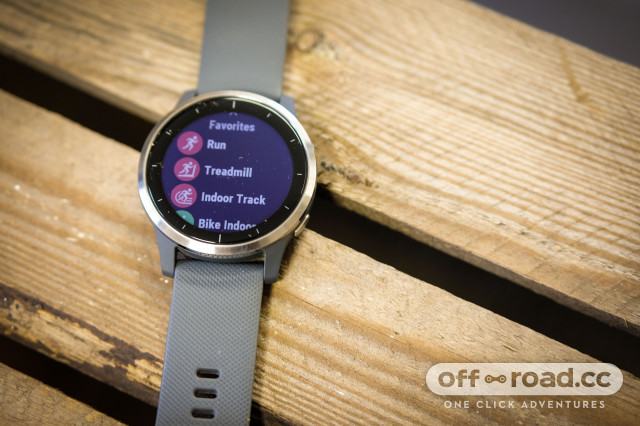

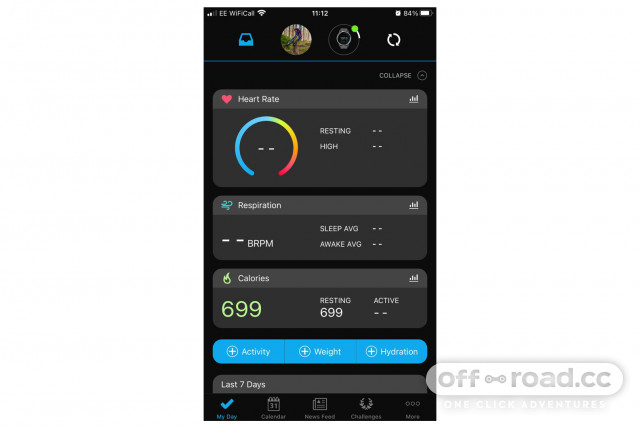
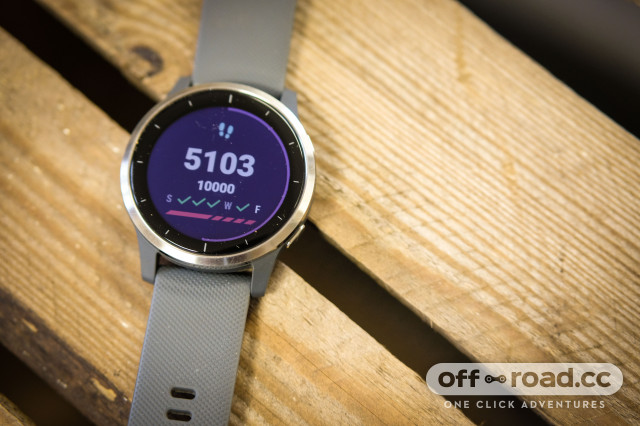
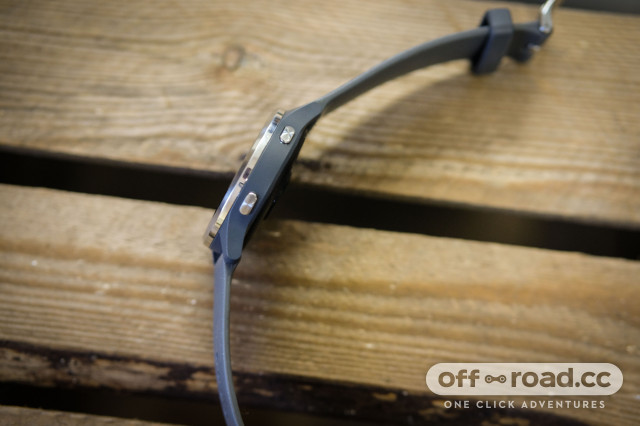
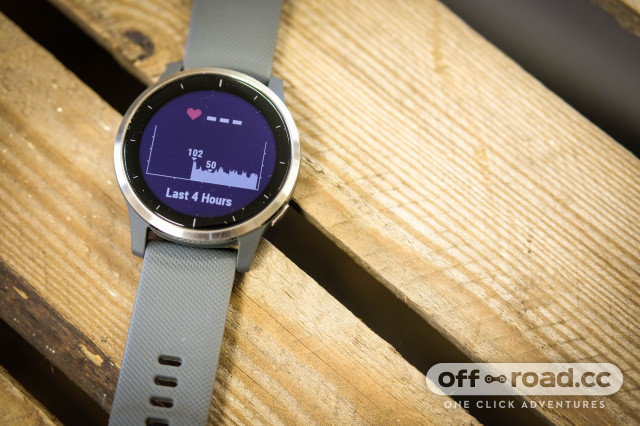
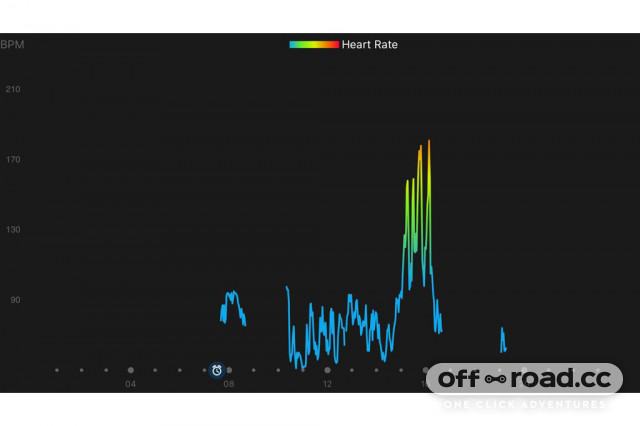
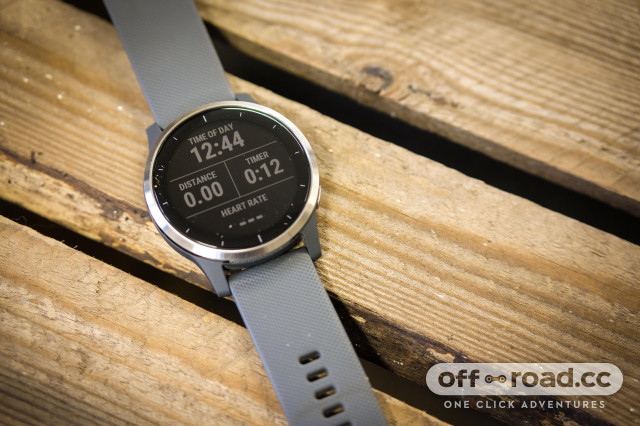
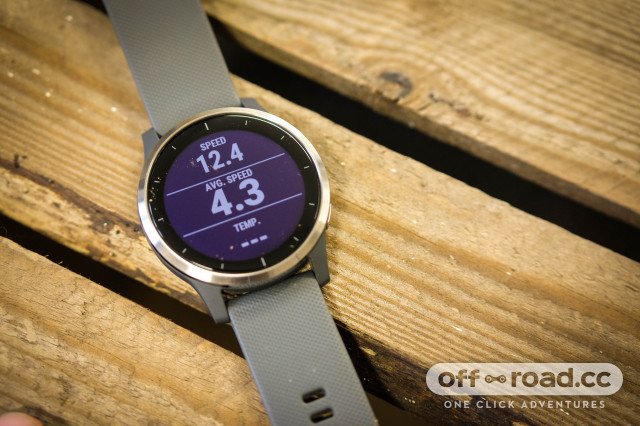
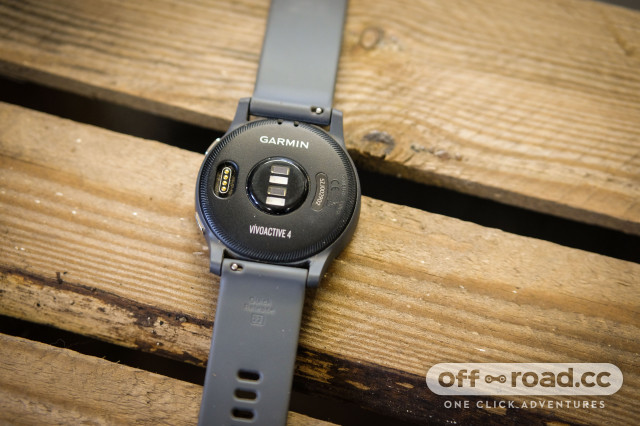
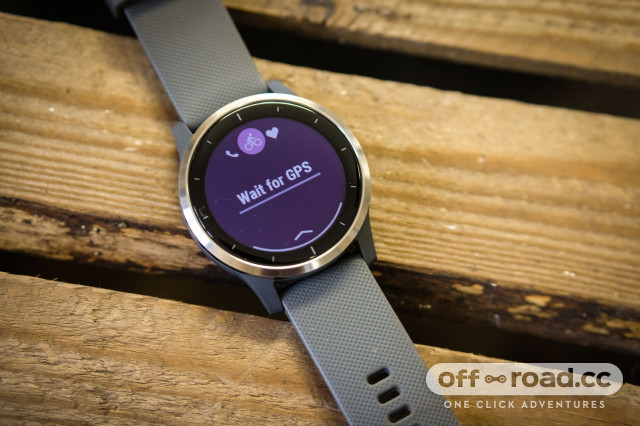
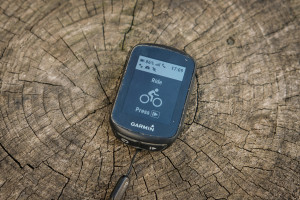


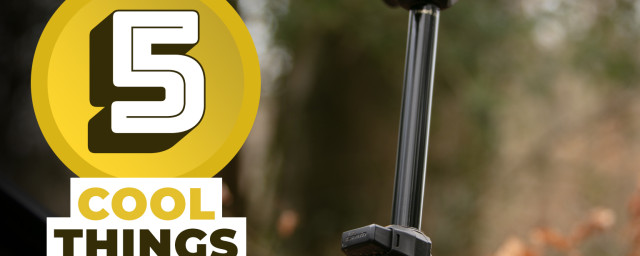


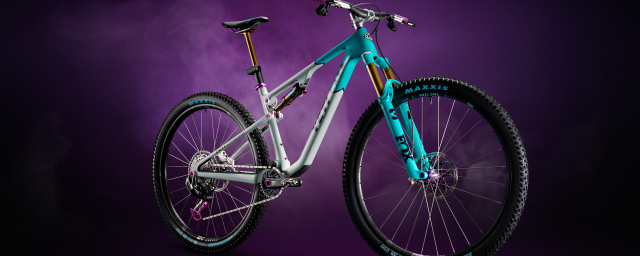



5 comments
Thanks - might take a look at that when my Vivio3 fails. With Garmin the product selection is so wide its hard to even find a starting place sometimes!
I have the Forerunner 245M, my partner has the Vivioactive 4 and I would agree with your observations. The "trick" to getting the HRM working properly is to get the watch in the correct positioned on your wrist and have the strap at a decent tension. Centered on yor wrist and about an inch up from the boney bit in your wrist. If the strap is loose and the watch can move and bounce about then the HRM is trash. Snug but not too light and it's really reliable.
The Forerunner 45 plus does most of the same for £150 less. No touchscreen spotify or O2 sensor, fewer pixels and simpler display. But if you run as well as cycle a good logging option for both which adds heart rate to just using Strava on your phone. And saves your phone battery.
This is a bit of a wierd review. I have the Vivioactive 3 - the older model - whose main difference is it doesnt do Oxygen percentage, as the sensor is a little older, and it has 1 hardware button at 3 rather than 2 buttons at 2 and 4. Otherwise its a pretty similar watch. My experiences over the last 2 years:
Touchscreen is not an issue - it works as well with gloves as your phone does. Which is to say not at all if your gloves dont have capacitive fingers. Its also sensitive to rain just like every other capacitive touch screen.
I dont use it as a bike gps unless I'm commuting and dont want the faff of lots of stuff to take off the bike at the other end. When you use it explicitly as a bike computer it works well with the caveat it has to be on your wrist not your bars to use the HRM function.
One weakness is that it doesnt play nice with non garmin GPS' bike computers as a HRM. Its meant to have a Bluetooth broadcast mode but its hit and miss on anything than another Garmin.
There is a lot of BS about heart rate monitoring, accuracy is much less important than consistency - there is no reason outside of being a professional athelete you need a HRM strap any more. For measuring Peak, troughs and time in zone the Garmin is fine, as has been every other optical tracker I have used - I would never go back. DCR has a good review of the HRM performance of the V4.
In short this series is a great consumer-centric smart watch that does most basic things well enough for the gifted amateur - especially at the reasonable price, and it does 95% of what Garmins dedicated sport watches do. There is also near identical model to the Vivioactive 4 called the Venu which has an always on screen which is on my upgrade list. HRM broadcast niggles aside Im very pleased.